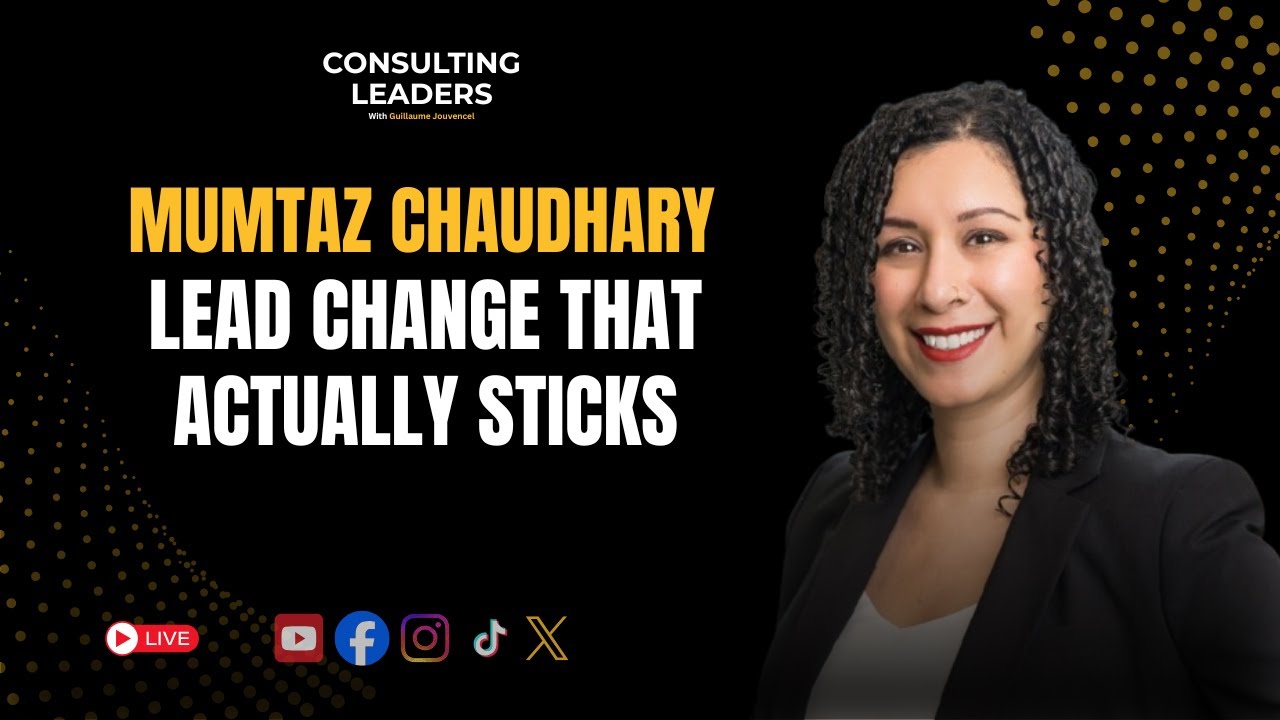The top 3 tips to maximize transformation success rates

After more than a decade of client work in large-scale transformation and change, I’ve learnt that there are some critical factors that correlate directly with transformation success and an increased realization of benefits.
According to Prosci’s best practice research, a rigorous transformation approach is six times more likely to give you the intended business outcomes you’re looking for, than transformation efforts in which an action plan is absent.
Without a holistic approach to the transformation effort, your transformation can suffer from massive resistance, little change in day-to-day employee behaviours, haphazard efforts, false starts and waning focus.
Beat the transformation odds by leading by example, communicating effectively and establishing reinforcement mechanisms to sustain the benefits in the long-term.
Tip #1: Transformation demands strong leadership.
In my experience, successful transformations are fueled by active and visible executive sponsors.
In transformations where company leaders are actively involved, role-modelling the change expected and proactively managing the change portfolio, transformation efforts can go a lot farther.
Leaders with sufficient influence and commitment are critical for transformation success, and those that define clear targets, systems and structure for the transformation effort often meet their goals.
These leaders work collaboratively with a Change Management Office (CMO) or Transformation Office (TO) to centrally coordinate the transformation, ensuring that sufficient personnel are allocated to the effort, roles and responsibilities are clearly defined and high-energy, enthusiastic personnel are tasked to lead the effort.
Leaders of successful transformation set metrics and hold people accountable to them; making the time to celebrate efforts that contribute to the transformation goals. These leaders don’t delegate and know that their role is to lead and develop their teams, just as any line manager within the organization is expected to.
Tip #2: Engage people throughout the organization by communicating a transformation story.
Without a clear and compelling case for transformational change, people’s hearts won’t be in it, your efforts will lose momentum and you’ll be faced with stagnation or even a retreat to old ways of working.
Early engagement efforts facilitate momentum, and when communications are effective and collaborative, they ignite the transformation.
Research by global consulting firms such as McKinsey have proven when frontline employees feel a sense of ownership in transformation and take the initiative to drive change, your success rates catapult to nearly 80%.
Relate your transformation back to your company’s vision, communicate the progress, achievements and implications, engage people in learning and capacity-building and ensure that engagement plans are scalable to gain maximum impact.
Tip #3: Make a commitment to continuous improvement through reinforcement mechanisms.
A strong transformation leader continually assesses their organization’s SWOT (strengths, weaknesses, opportunities and threats) and focuses on changing mindsets and day-to-day behaviours to sustain a transformation.
These leaders integrate reinforcement mechanisms in recruitment, reward and performance management processes thereby continuing to have line managers lead initiatives in their workgroups or departments.
Support systems and transitions plans are typically evident in successful transformations, as well as a company-wide commitment to identify opportunities for improving upon best practice.
Middle management receive training in change leadership, and this contributes to long-term organizational effectiveness. The transformation becomes an intrinsic part of company culture and values; one where innovation is favoured over regression.
If you’re planning to start a transformation in your company, bear in mind that success requires dedicated effort and action, consistent engagement and high-impact sustainment strategies. Pay attention to employee mindsets, keep a pulse on change readiness and provide support systems to your people and you’ll always overcome failure.

